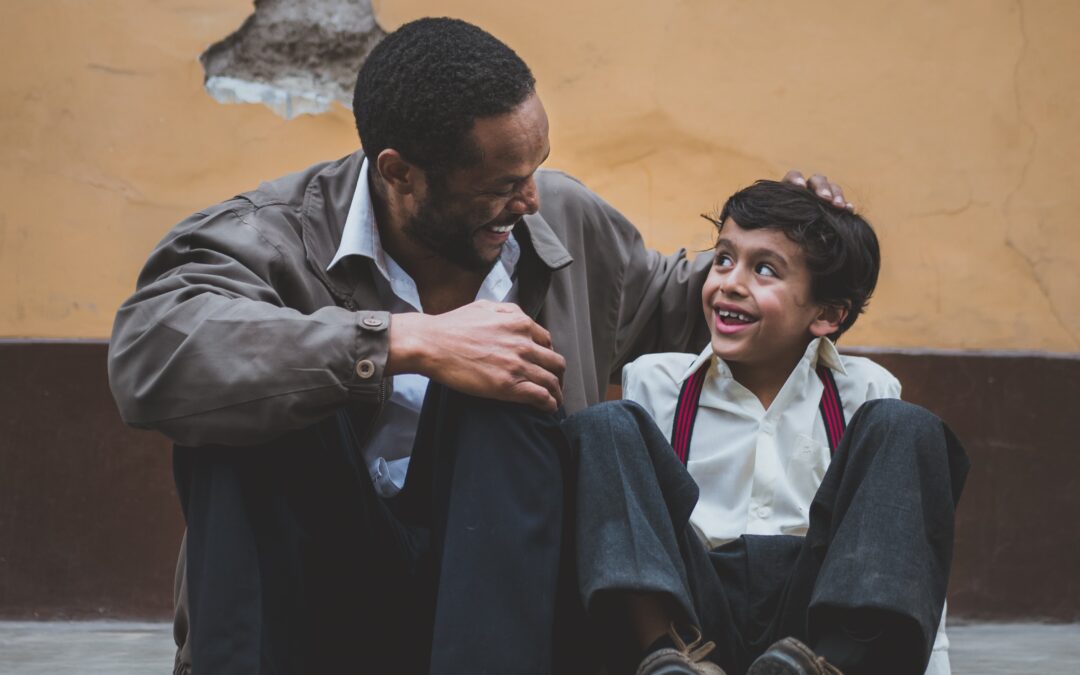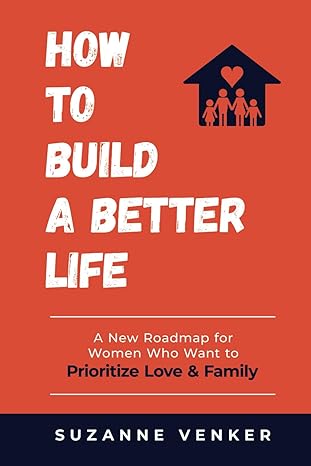Happiness and Domestic Life
I hope you have been able to rest and are eagerly and enthusiastically getting back to the routine in your homes. As we have already announced, our latest book ‘Happiness and Domestic Life’ was released at the end of August.
Before I tell you what it is about, allow me on behalf of HRF to thank STI for supporting us in getting this work off the ground, Routledge for their confidence once again, this is our third book with them, and all the academics who have contributed, editors and authors who will be appearing throughout the text.
As editor María Teresa Russo explains in her introduction, this book aims to provide a mainly conceptual framework for the relationship between the quality of domestic life and the home environment (family relationships, technical tools, housing style, household chores) and individual and social happiness, especially in the context of current changes.
Two important factors determining the issue of happiness and well-being have themselves been affected by the recent COVID-19 pandemic: the relationship between an individual’s quality of life and engagement with his or her community, and the role of new technologies in everyday life.
The authors highlight, from different perspectives, that happiness has a clear relational character and it is essential for its promotion that it is the central pillar of the family environment. Three dimensions of psychosocial well-being in the home are analysed: the personal, which consists of a sense of stability, intimacy and sharing; the social, which considers the domestic environment as a place for civic education; and, in times of pandemic, the place of professional and physical activity, which consists of spaces, services and architectural styles.
The themes addressed by experts from different countries and disciplines (sociology, architecture, philosophy, education, economics, ethics) fall into four thematic axes. The first focuses on happiness between the private and public spheres from a philosophical and psychological point of view. The authors of this section (Nogal; Chirinos; Gawkowska) propose a model in which home and care, notions that have vulnerability and human relationality as a common thread, are valued as two indispensable elements for individual and social well-being.
The second section analyses the role of digital media and domestication in fostering domestic well-being from a sociological point of view (Bakardjieva; Wessels; Malagrinò). The analysis focuses on the changes in activities, relationships and roles in the home when digital media become deeply and intimately embedded in the spaces and rhythms of the home.
The third examines the home as a place of work, care and creativity, from an educational and anthropological point of view, especially during the COVID-19 pandemic (Díaz, Martín-Sierra and Herrero; Farrell; De Nardo; Grau-Grau, Selvam and Cavallotti). The three traditional approaches to happiness (momentary happiness, subjective well-being and eudemonic well-being) are analysed in relation to the paid work activity that the COVID pandemic transferred to the home, and the more intense family life during the period of confinement.
Finally, the fourth section highlights factors that contribute to supporting happy and functional homes, from the architectural and sociological perspectives of architecture and sociology (Davies; Thunder and Serrano-Núñez; Al-Thahab). These include the physical layout and design of houses, the contrast between tradition and innovation, and social relations in the neighbourhood as a means of bringing families into the life of the wider society.
These issues lend themselves to further fruitful empirical research: we hope that this book will provide a valuable conceptual basis for development in different directions.
This book is both an important milestone in the study and policy of the home’s vital contribution to wellbeing, and a key read for anyone concerned with the true value of home.
Angela de Miguel-Be Home Blog-https://behomeblog.wordpress.com/

Angela de MIguel
EU Public Affairs and Communication Advisor






Commentaires récents